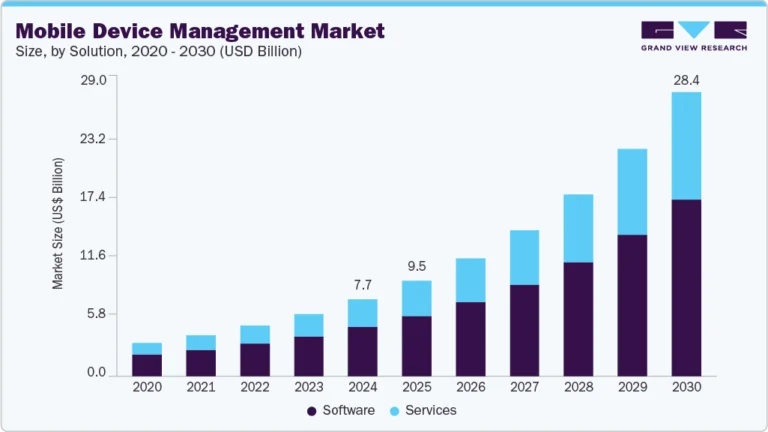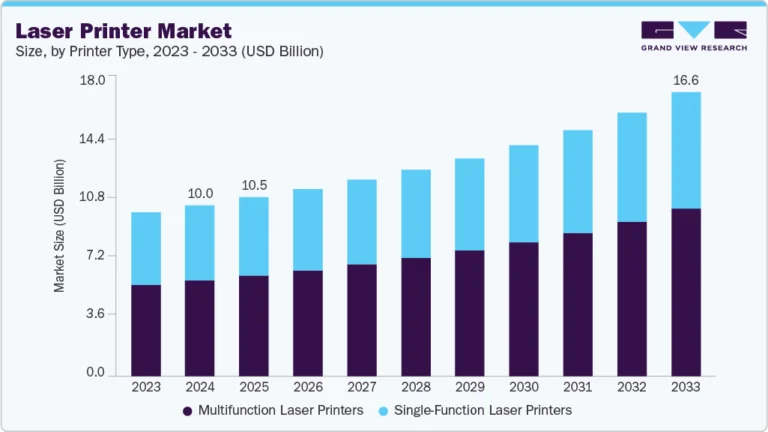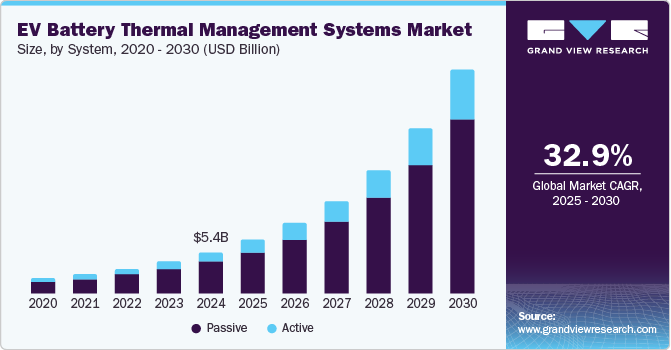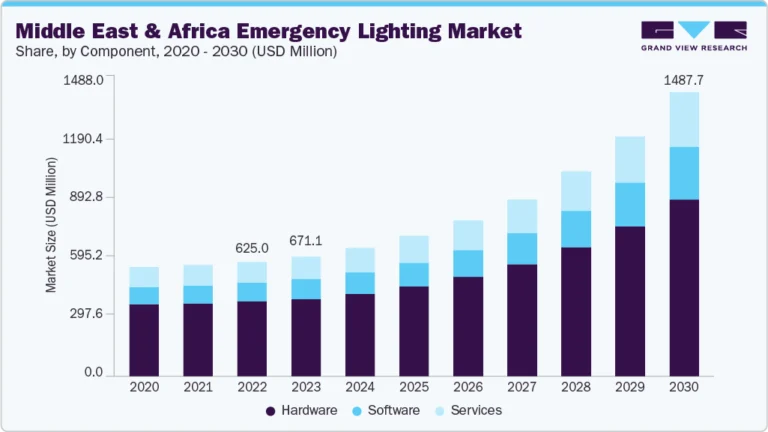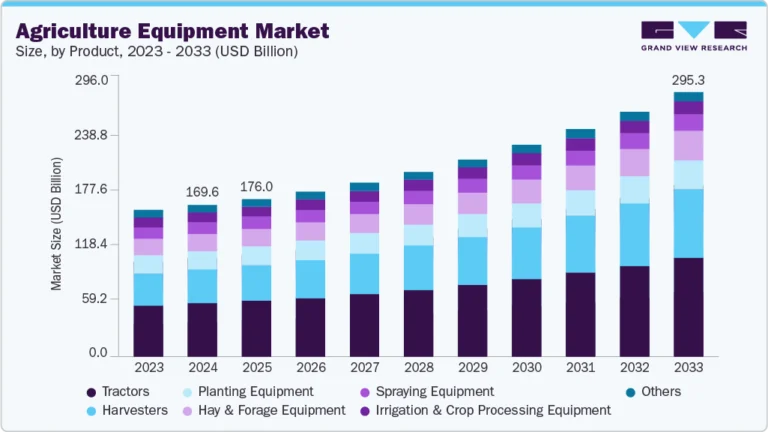Drone Logistics And Transportation Market Size, Share & Trends Analysis growing at a CAGR of 48.1% from 2025 to 2030
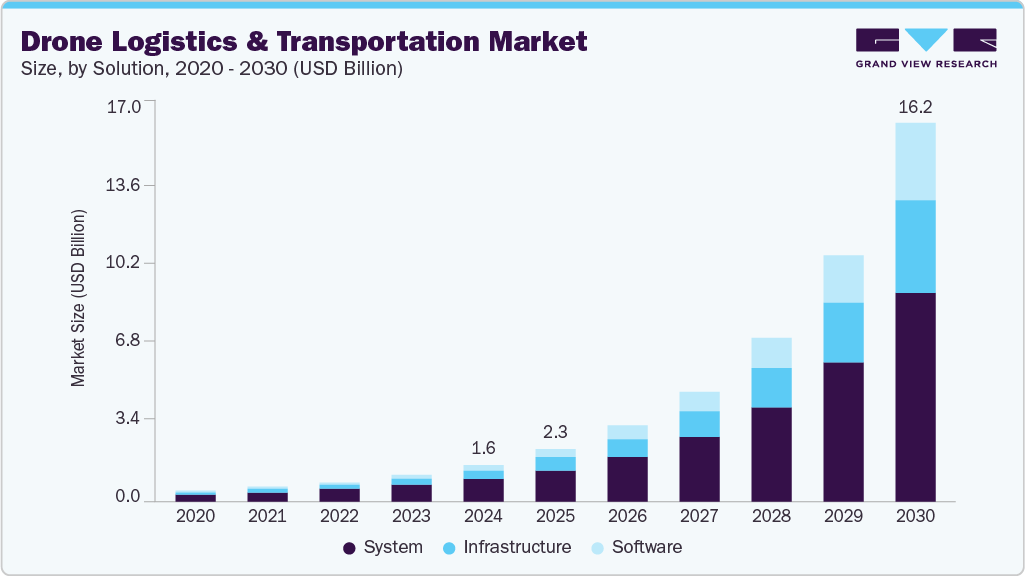
The global drone logistics and transportation market size was estimated at USD 1.61 billion in 2024 and is projected to reach USD 16.15 billion by 2030, growing at a CAGR of 48.1% from 2025 to 2030. The rapid expansion of e-commerce and same-day delivery expectations can be attributed to the market growth.
Key Market Trends & Insights
- North America dominated the drone logistics and transportation market with the largest revenue share of 42.76% in 2024.
- The drone logistics and transportation market in the U.S. held a dominant position in the region in 2024.
- By solution, the system segment led the market with the largest revenue share of 61.5% in 2024.
- By end use, the commercial segment accounted for the largest market revenue share in 2024.
- By application, the last-mile delivery segment accounted for the largest market revenue share in 2024.
Market Size & Forecast
- 2024 Market Size: USD 1.61 Billion
- 2030 Projected Market Size: USD 16.15 Billion
- CAGR (2025-2030): 48.1%
- North America: Largest market in 2024
- Asia Pacific: Fastest growing market
Request a free sample copy or view report summary: https://www.grandviewresearch.com/industry-analysis/drone-logistics-transportation-market-report/request/rs1
The growth of e-commerce has significantly changed consumer behavior, with many now expecting ultra-fast delivery services. Traditional logistics often struggles to meet same-day or same-hour delivery demands, especially in urban and remote regions. Drones offer a solution by bypassing road traffic and reaching destinations faster. Major retailers and logistics providers are actively investing in drone delivery programs to reduce delivery times and improve efficiency.
Drone hardware and software are improving rapidly, making drones more reliable and suitable for commercial logistics. Innovations such as longer battery life, better payload capacities, GPS precision, and obstacle detection are enabling drones to perform complex delivery tasks. These improvements also reduce the risk of in-flight failure, increasing operational confidence. Drones are becoming more autonomous and intelligent, making their commercial scalability increasingly feasible, thereby driving the growth of the drone logistics and transportation industry.
Drones are proving particularly effective for delivering medical supplies, blood, and vaccines to hard-to-reach areas. In various countries across the globe, drones have been used to improve healthcare access in rural communities. Their speed and ability to bypass poor road infrastructure make them ideal for time-sensitive deliveries. This application highlights drones’ practical benefits and strengthens public and government support for their wider use.

